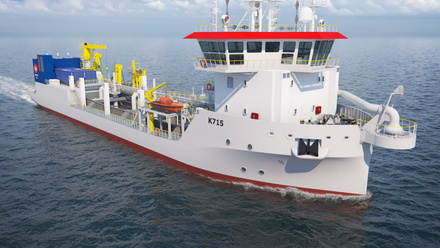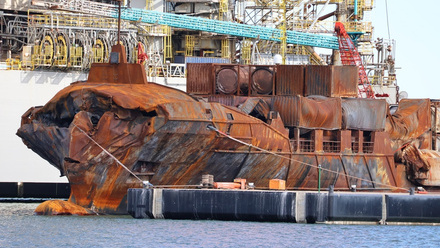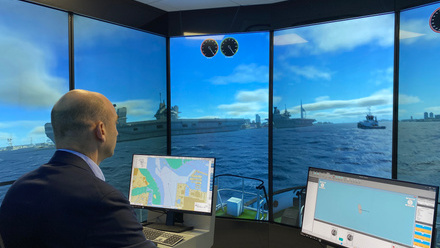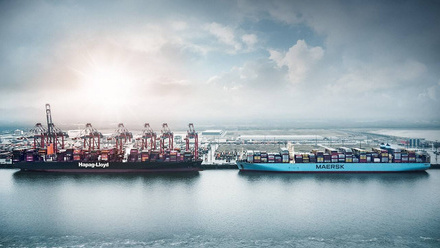Motors, maths and modelling: innovative wave power technology
A Dublin-based start-up is hoping to lead the way in harnessing wave power.
Fish are not the only creatures to explore our oceans. A growing array of drones and underwater autonomous vehicles are working to help with inspection and maintenance, search and rescue, weather monitoring, and security, not to mention various arrays of sensors and other communication equipment. While these devices typically require modest power, it can be a challenge to supply them in remote and often hazardous marine environments.
Waveforce Energy is about to begin tests, the first of their kind, that could enable wave energy farms to be used in any maritime location around the world. Comprising a specially designed turbine and mathematical modelling that optimises yield and efficiency, Waveforce Energy has partnered with maxon to achieve power generation from the ever-present motion of ocean waves using brushed DC motor technology. The company hopes that its approach could one day be a flexible mode of power generation at any marine location.
The technology is based on a generator housed within a buoy, forming a device known as an oscillating water column wave energy converter. The motion of a wave compresses the trapped air inside the buoy, forcing it through a turbine that drives a generator. To optimise yield, a chain of buoys can be linked to form a wave energy farm.
This is not a new idea, having first been theorised in the 1940s. Wave power has lagged other renewable energies, however, such as wind and solar, partially due to the high costs and technical challenges of operating in challenging marine environments. Waveforce Energy is undaunted, however. Now, after nearly 10 years in development, and with funding from Enterprise Ireland, trials are shortly to begin at the Lir National Ocean Test Facility in County Cork, Ireland.
From each test buoy, Waveforce Energy is hoping to generate 20 Watts, achieved from a relatively low-level wave. If successful, the buoys could potentially be increased in size to a practical limit of 16 metres diameter to deliver a significant increase in power.
They are using proprietary mathematical modelling to optimise power generation, taking into account multiple wave attributes, including height and frequency. As wave properties differ for every location, wave energy conversion array requires a specific set up, drawing on insights from the mathematical model to finetune the system to optimise operations in any ocean-going location.
Turning theory into practice
Theoretically, multiple wave energy converter arrays, consisting of thousands of buoys, could be distributed in oceans throughout the world, and their generated power could be combined in the same way that many solar panels pool together. But, unlike solar panels or even wind turbines, wave energy converters can generate power night and day, and all year long.
As long as there are waves, the wave energy conversion array can generate power. A DC motor is forced to spin by the air pressure driven turbine and, in turn, the motor operates as a generator, with the motion of its rotor inducing a voltage that generates electrical current.
Given that these motors would have to survive extremely tough conditions in remote seas, with little of chance of a fast repair or replacement, reliability is crucial. This is where maxon, the Swiss manufacturer of precise electric drive systems, come in, with a brushed, coreless, 65mm DC motor.
Brushed DC motor technology involves physical brushes, instead of electronics, to achieve commutation (the switching between the phases of the motor to energise its windings and, as a result, enable the motor to turn). The brushed design increases simplicity, eliminating the need for additional electronics and enhancing reliability while the coreless approach removes the traditional iron rotor, reducing weight and inertia.
The Waveforce Energy team is currently heading for test tank trials, and depending on their success, the team will then progress to replicate real world conditions, says a spokesperson. This will include trialling the buoys in sub-optimal wave conditions, simultaneous multiple sized waves, as well as the maximum scale waves. After that stage sea trials await, and the potential of wave energy will be fully put to the test.
Newsletter image: Testing on wave energy potential gets underway; credit: Waveforce Energy.
Main image: wave crashes in the ocean; credit: Shutterstock.
Tell us what you think about this article by joining the discussion on IMarEST Connect.






